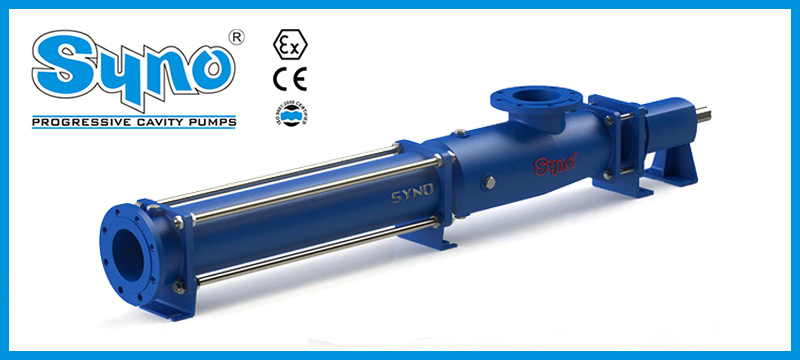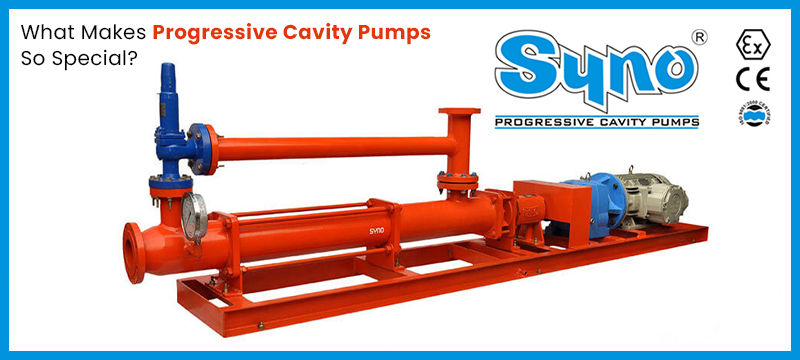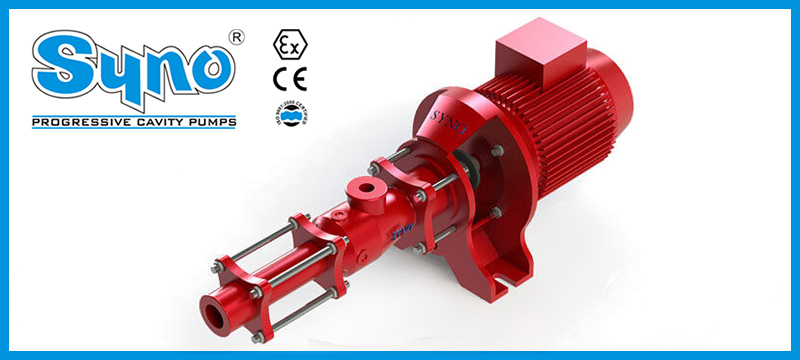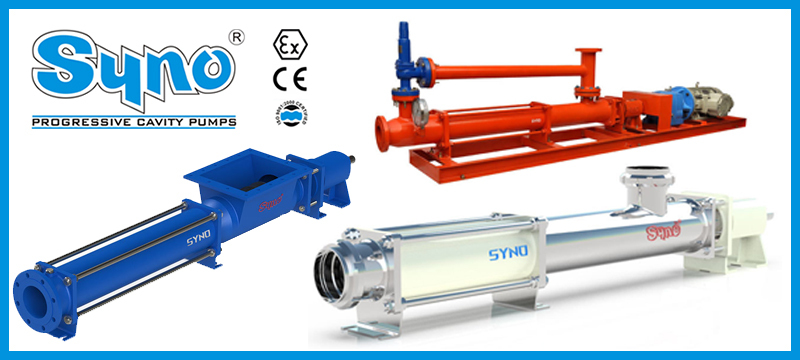
How Fluid Viscosity Affects Your Pump System
Before you end up selecting any pump, checking out the viscosity of the fluid is important. Looking for a high viscous liquid pump is essential when the need arises. Fluid thickness or viscosity will affect the ways your chosen pump behaves. This is the stage when things start to get a bit complicated as the fluid thickness can change under multiple conditions.
Most of the time, fluids are classified under four major categories. Let’s get to learn more about these categories first.
Newtonian:
Always remember that viscosity remains constant here regardless of the changes in agitation or shear rate. As the pump speed increases, the flow will increase proportionately. Over here, it does not matter how fast they are moving or how much you agitate them, the flow of the fluids remains the same.
Some of the major examples of Newtonian fluids are mineral oils, water, hydrocarbons and alcohol.
Pseudoplastic:
Here, the viscosity decreases as the sheer rare increases. However, the initial viscosity might be great enough to prevent the flow from starting in a typical pumping system.
For example, take tomato paste as an option. You have to shake the bottle before starting the tomato paste to move. Once it starts moving, the flow will be fairly easy.
Some examples of pseudoplastic fluids are latex paints, tomato paste, lotions and more.
Dilatant:
Here, the fluid viscosity increases with the agitation until they become almost solid. As one major result, the pumps can bog down and stall right after pumping the dilatants liquids. Here, some examples are cream, clay, slurries and butter.
Thixotropic liquid:
Much like pseudoplastic fluids, the viscosity of Thixotropic liquid decreases as the agitation or the shear rate increases. When the agitation is reduced or stopped, the hysteresis takes place and the viscosity will increase. Most of the time, the viscosity will not return to the initial value.
Some examples over here are shortening, tars, soaps, inks, glue and peanut butter.
What is most important about viscosity while selecting pumps?
Kinematic viscosity is mainly the real physical factor, which will influence the curves of the pump and so, the choice of options from viscous liquid pump manufacturers will vary.
- The kinematic viscosity is denoted in cSt and measured in mm2/s.
- Water is known to have a low viscosity of 1 cSt at 20 degrees C and on the other hand, you have motor oil with high viscosity of over 500 cSt at the same temperature.
- Viscosity is highly essential for the resistance to flow and this will have some implications for the pumps.
- In case you have higher viscosity and sticky fluid on hand, then it will cling and it gets much harder to remove than low viscosity fluid.
- In case you have higher viscosity and sticky fluid on hand, then it will cling and it gets much harder to remove than low viscosity fluid.
- In case you are pumping motor oil that sticks to the impeller’s surface, then it is a problem that you have to consider before purchasing the right pump for your use.
The fluid resistance and the temperature:
Low-viscosity fluids like water or most beverages will move through the pump system quite easily because of the low resistance. Looking for the right viscous liquid pump supplier is important before you get your hands on one.
- From clear water to thick slurries, every type of liquid will flow through the respective pump system in a different manner.
- Fluid viscosity is one of the major factors to consider when you are selecting pumps and configuring the system for an optimized performance rate.
Some of the high-viscosity fluids like syrups and oils will move slower, with the fluid maintaining higher consistent integrity. Temperature, on the other hand, can also affect the fluid viscosity. It is because higher heat tends to lower the viscosity level of the pumped fluids.
Fluid viscosity focuses on pump selection:
When it is about selecting a pump, fluid viscosity is one of the many key features to look for along with other application-based criteria for operating the ideal pump system. Selecting the right pump is not that difficult while dealing with low-viscosity fluids. Centrifugal pump is the standard option for less challenging applications.
The centrifugal pumps versus the positive displacement pumps:
With the viscosity thickening up, there will be an increased amount of power drawn to move liquid through the pumps. Higher viscosity liquids will affect the performance of centrifugal pumps, along with flow rates and energy efficiency. During these times, positive displacement pumps are used for covering more viscous fluid applications.
There are various types of positive displacement pumps available, depending on specialty applications. Some of the major examples are hose pumps, vane pumps, diaphragm pumps, screw pumps and gear pumps.
Another popular option over here is the peristaltic pump. It is used in applications with variance within viscosity levels. These pumps are designed to handle fluids effectively with both high and low viscosities. They can run dry without risking any major failure.
So, make sure to learn more about the pumps in detail before you plan to purchase one, based on the liquid’s viscosity level.
















